"Sin City": A Review
Among the random posts on IMDB.com about Sin City is the presumably high praise calling it the best adaptation of a graphic comic book ever to hit the silver screen. That's nice and all, but what does that really mean? Speaking as someone who can appreciate the artistry of graphic novels without necessarily being a diehard fan, the comment meant about as much to me as touting a movie for offering the best-ever depiction of, say, cheese.
Regardless of how closely Sin City adheres to Frank Miller's celebrated works, we know this much: The movie is pure male id made palpable and projected on a really big screen for all to see. Director Robert Rodriguez did not compromise his determination to transform Miller's hard-boiled graphic comics into cinema. In this monumental exercise of form over content, the men are edgy anti-heroes who make Mickey Spillane look like a pansy. The women are curvaceous whores with a taste for push-up bras and fishnets.
In other words, don't expect subtlety. Sin City's trio of storylines are bare-boned noir tales of the three Vs: vengeance, violence and vigilantism. Aging police detective Hartigan (Bruce Willis) fights to protect sexy stripper Nancy Callahan (Jessica Alba) from a slimeball pedophile called Yellow Bastard (Nick Stahl). Deformed psycho-mensch Marv (Mickey Rourke in the film's best performance) kills and mutilates his way through Sin City in search of the vicious bastard who murdered a heart-of-gold hooker (Jaime King) who showed him a really good time. And in the least compelling vignette, a thug named Dwight (Clive Owen) joins forces with the prostitutes of Old Towne to keep their turf after the gals mistakenly decapitate a creepy cop (Benicio Del Toro).
So we essentially have the same story told in three different ways, but no matter. The movie's chief draw is its own schlocky vibe, a concussive orgy of pure viscera. Amid green-screen magic and a gorgeous monochromatic visual scheme (with the occasional splash of red blood and yellow-skinned sex predator) Rodriguez and Miller ladle out heaping portions of movie dreams: rain-swept streets, vintage cars, smirking sluts, bad cops, silent cannibals and enough hacked limbs to keep Golden Corral in business for years.
For all the eye-popping hullabaloo, and there is no denying that Sin City is a marvel to look at, the movie rides on little more than junk adrenaline. Only the segment featuring Mickey Rourke really achieves emotional resonance, and that is chiefly due to the actor's expressiveness beneath layers of makeup and prosthetics (we hope this marks the beginning of a comeback for him).
Even the Kill Bill movies, Quentin Tarantino's own homage to junk adrenaline, boasted a protagonist who audiences could care about. Besides, Tarantino made movies, messy flawed things subject to the rhythms of cinematic storytelling. It is evident from Rodriguez's oeuvre (look at the fancy word!) that he also knows about pace, but he appears to have temporarily forgotten that stuff in his Quixotic quest to remain true to Frank Miller's vision of Basin City.
Alfred Hitchcock once remarked that he stayed away from adapting great works of literature into cinema, preferring works that had potential but were hardly the stuff of celebration. The great director reasoned that a classic -- whether it be a book, poem, movie, stage play, painting, sculpture or, yes, a graphic novel -- has already been defined in the artist's chosen medium.
Perhaps Miller's Sin City works as a graphic comic because that is what he set out to produce. Sin City the movie sets out to be a comic, too ... and there's the rub.
The Dallas Observer's Robert Wilonsky encapsulates nicely the highs and lows of Sin City.




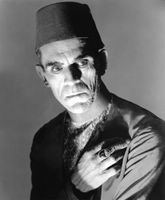
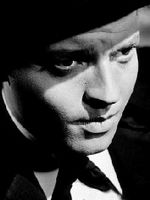




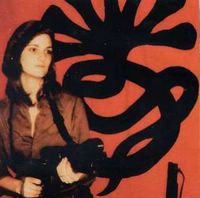

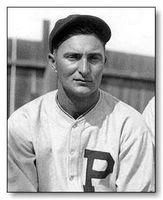

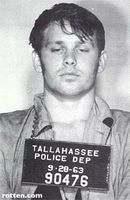
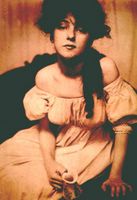

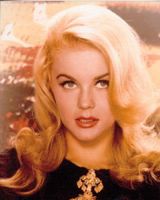


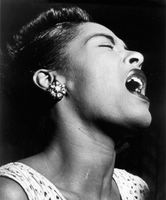


2 Comments:
I love the Sin City books, but even I knew that the movie was following it a little too close to be considered much more than a (beautifully rendered) exercise.
When I was talking with a friend about it, we both seized on the same Elvis Costello reference to explain how gorgeous and empty it was: "All this useless beauty."
Post a Comment
<< Home